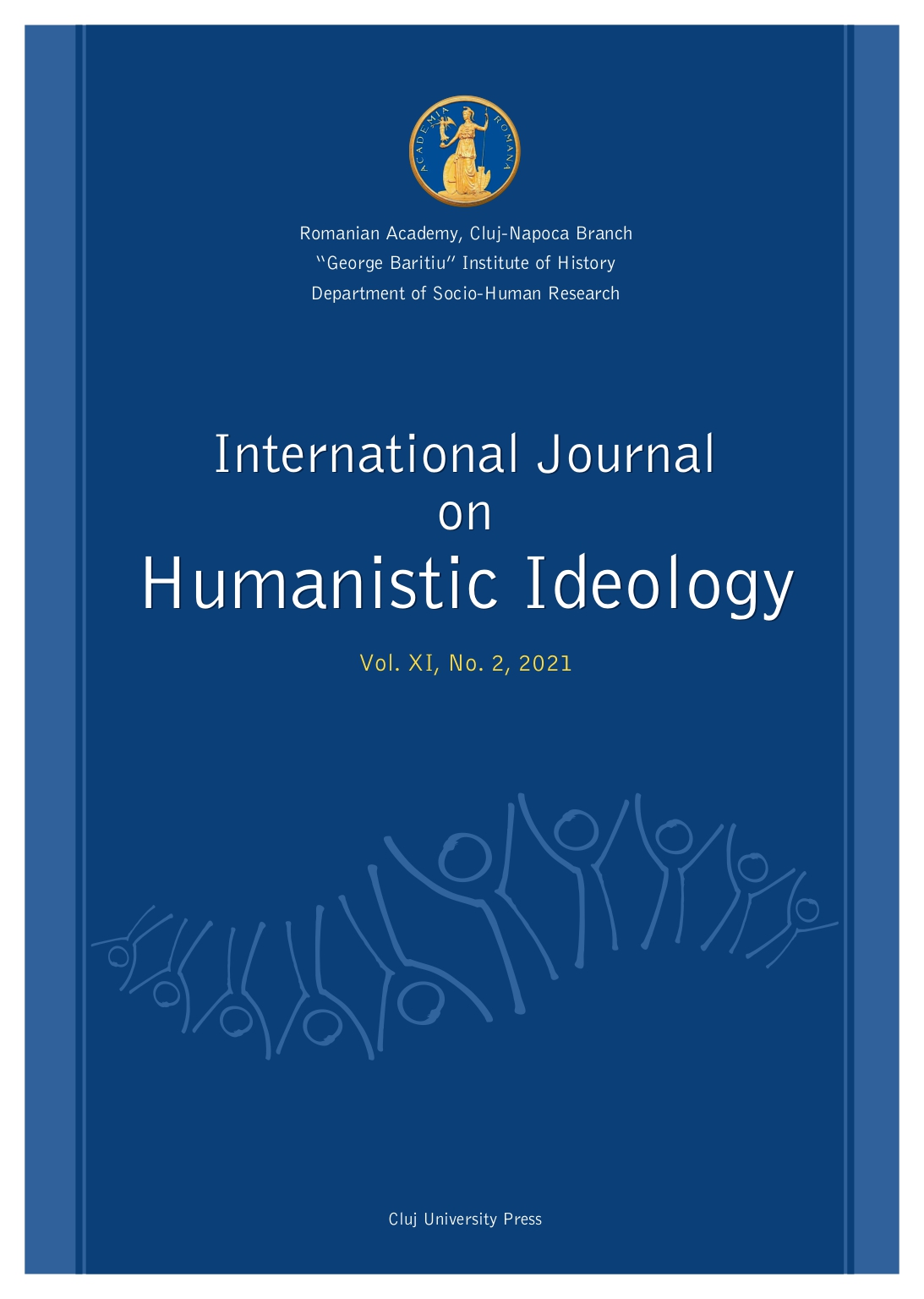Language and Anxiety and Despair in Kierkegaard
Language and Anxiety and Despair in Kierkegaard
Author(s): Jacob BøggildSubject(s): Philosophy, Metaphysics, Ethics / Practical Philosophy, Theology and Religion, Existentialism
Published by: Presa Universitara Clujeana
Keywords: Kierkegaard; anxiety; despair; language; metalanguage; ambiguity; sin;
Summary/Abstract: This essay explores the possible relationship between anxiety and despair in Kierkegaard. This means that two works of Kierkegaard are in focus: The Concept of Anxiety (1844) by the alleged pseudonym Vigilius Haufniensis and The Sickness unto Death (1849) by the alleged pseudonym Anti-Climacus – arguably Kierkegaard’s two most anthropological works. My main argument is that language as something fundamentally ambiguous is absolutely central to Kierkegaard’s understanding of the human being and therefore also to his conceptions of anxiety and despair. But as a writer, Kierkegaard is, consequently, facing a problematic which is linked to his use of pseudonyms: If language as something fundamentally ambiguous is the defining aspect of the human being, there is no way of escaping it and therefore, in a sense, no kind of metalanguage one can turn to. I explore how this fact is reflected in the two works in focus and how it affects the relationship between the two pseudonyms. This relationship turns out to be a volatile one in a way which challenges the idea, promoted by Kierkegaard himself, that Anti-Climacus, when compared to a pseudonym like Haufniensis, represents a higher kind of pseudonymity.
Journal: International Journal on Humanistic Ideology
- Issue Year: XI/2021
- Issue No: 2
- Page Range: 39-60
- Page Count: 22
- Language: English

